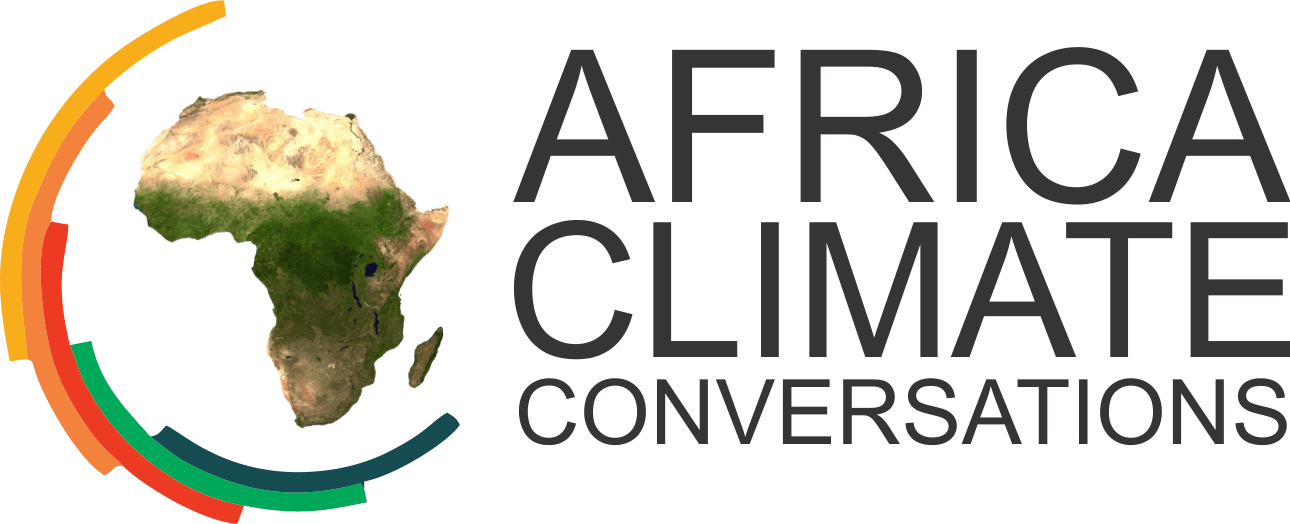
In 2019, Kenya imported 185,000 tones of second-hand clothing or mitumba – about 8,000 containers. The clothes and shoes sold in the second-hand markets started as donations from rich nations to charitable organizations meant for developing nations. But over the years, the second-hand industry grew from donations to a market amounting to paid taxes of about Ksh12 billion in 2019. Unfortunately, these clothes are becoming a hazard in the afterlife. They are either burnt, adding toxins to the environment, or dumped in landfills and clogging waterways.
Africa collect textiles (ACT), collects and recycles used textiles and footwear in Kenya and Nigeria. In Kenya, a co-founder, Alex musembi says ACT started collecting 100Kg a year of used textiles in 2019 to 20,000Kg now targeted at 50,000Kg annually. Today the company exports one container of handmade carpets, rags, toys, jackets, backpacks, among other items, to Europe while selling locally. The second-hand clothes are already choking Kenyan environment. Despite Mitumba’s finding their way to the environment, unfortunately, there has not been a focus on the industry’s increasing pollution impacts. What solution exists in sustainably managing the secondhand clothes and the larger textile industry waste.
